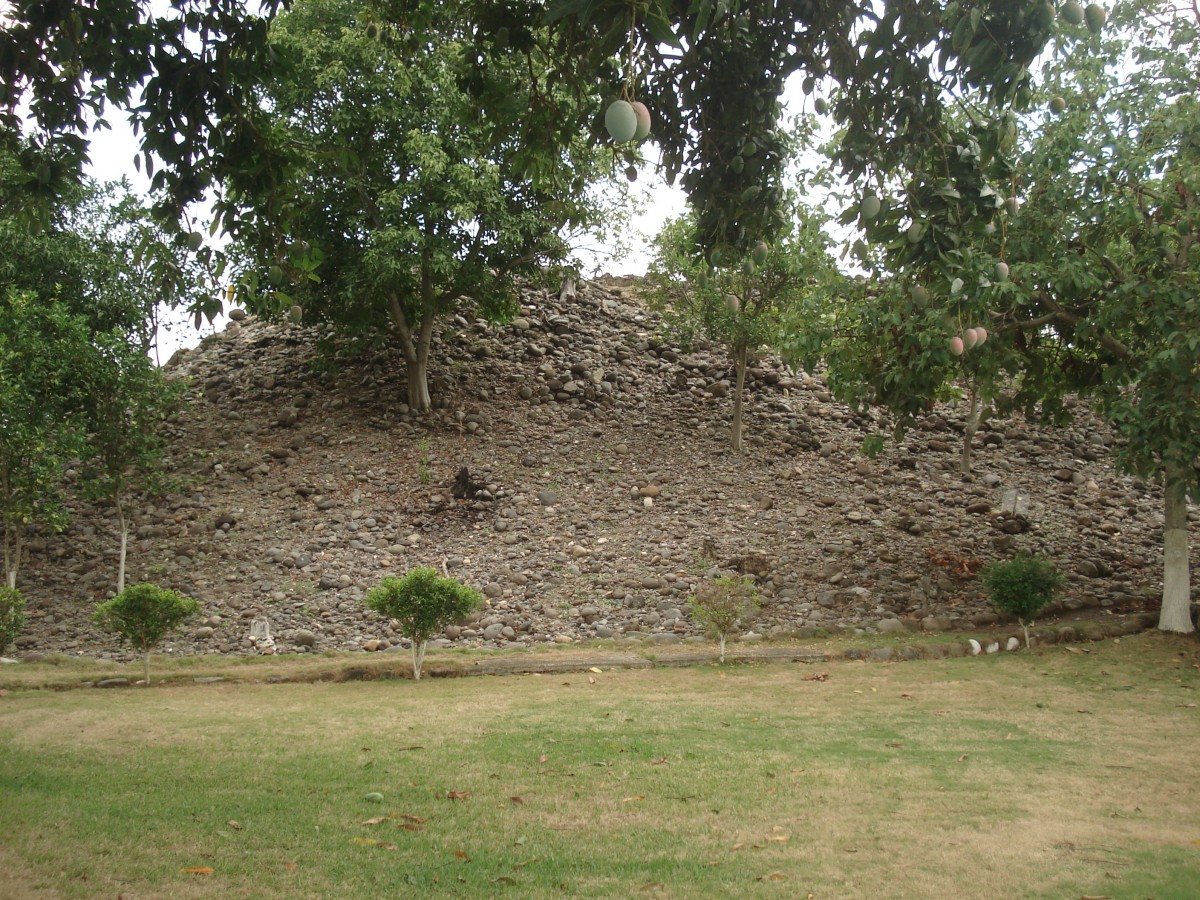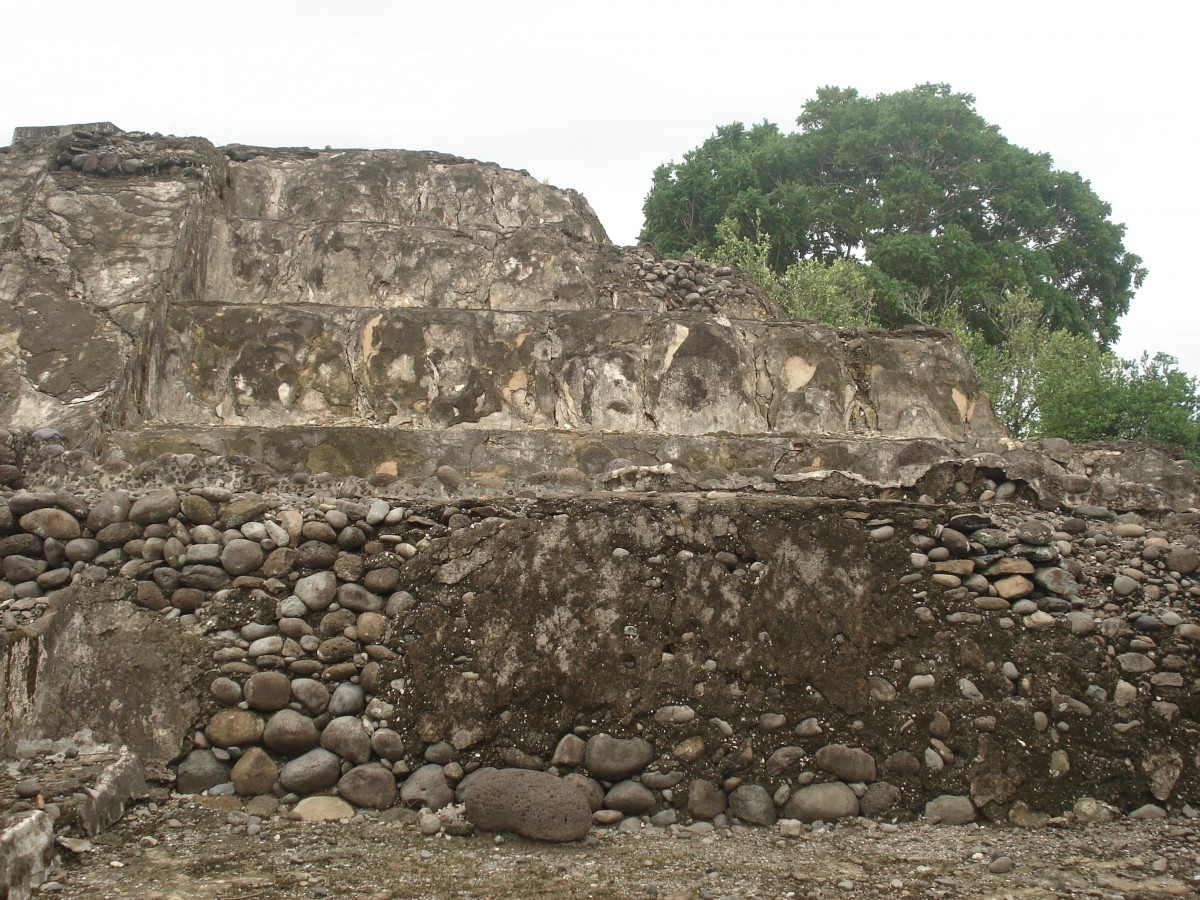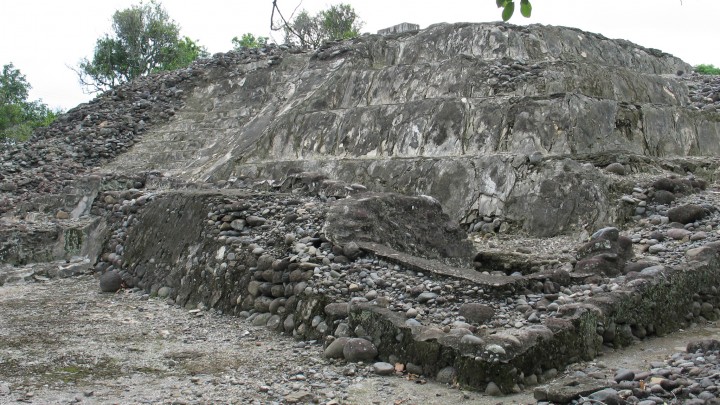Las Higueras
The fig trees
The greatest legacy of Totonac art. This site flourished between 600 and 900, and offers a unique insight into the development of the area's people through the astonishing murals of ritual scenes, temples, people, animals and symbols painted on the walls of its structures.
About the site
The site of the city on the banks of the Colipa river provides a variety of ecosystems. It had a long sequence of occupation from the Early Preclassic to the start of the Postclassic. In the early years it came under Olmec influence and during the Late Classic it displayed features of Totonac culture. In terms of its architecture, Las Higueras shows the influence of Tajín, although architectural traits from Teotihuacan predominate. Pyramid 1 is the most important structure on account of the series of Totonac murals notable for their varied imagery, enabling us to reconstruct the site’s occupational sequence. It seems that the building underwent four building stages and that the mural paintings relate to its second and third stages. The Totonacapan, as the region was known, was divided into small fiefdoms whose relationships were based on trade, political alliances and kinship.
Did you know...
- While a local farmer was digging a ditch on top of the mound, he uncovered the mural paintings which decorated the floors and walls of Building 1.
Practical information
Monday to Sunday from 08:00 to 17:00 hrs. Last entry 16:00 hrs.
$45.00 pesos
Se localiza en la congregación de las Higueras, en el municipio Vega de Alatorre,en los márgenes del Río Colipa.
From the City of Veracruz, take National CoastalHighway 180 to Nautla; 2 km before Vega de la Torre is the junction that leads to the site.
From the city of Puebla take the Federal Highway 129 to Nautla; before reaching Vega de la Torre you will find the junction that leads to the site.
From the city of Puebla take the Federal Highway 129 to Nautla; before reaching Vega de la Torre you will find the junction that leads to the site.
Services
-
+52 (229) 934 9981
-
This email address is being protected from spambots. You need JavaScript enabled to view it.
Directory
Responsable Regional
Raul Jimenez Huerta
+52 (229) 934 9981 y 934 5282











